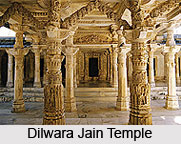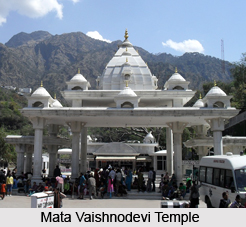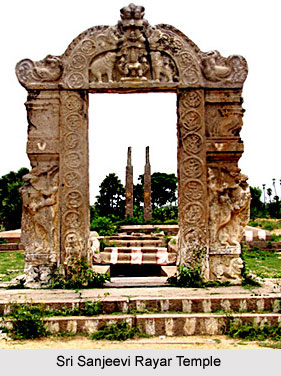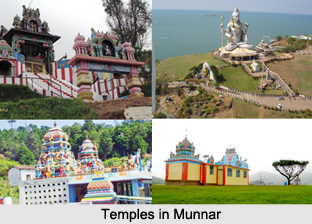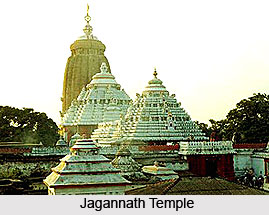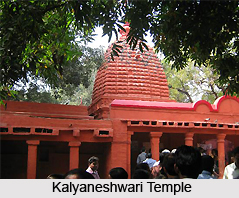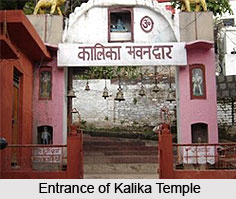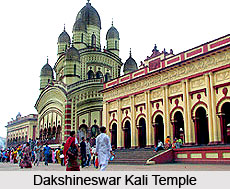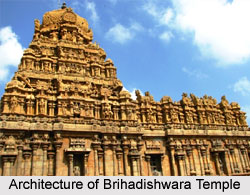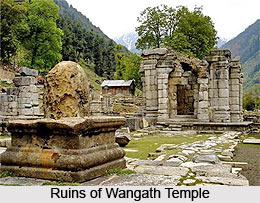 Wangath Temple and the temple complex is a group of architectural splendour in Wangath. This temple is not only for the pilgrims, but also for the history lovers, who want to learn the architectural formula of the temple of ancient era.
Wangath Temple and the temple complex is a group of architectural splendour in Wangath. This temple is not only for the pilgrims, but also for the history lovers, who want to learn the architectural formula of the temple of ancient era.
Location of Wangath Temple
Wangath Temple is located close to Naranag, the hill station of Jammu and Kashmir, in the Ganderbal district of Jammu and Kashmir. Wangath is a temple village located around 48 kilometres (30 mi) northwest of Srinagar, the capital city of Jammu and Kashmir.
Architecture of Wangath Temple
The current structure of Wangath Temple was built by Lalitaditya Muktapida of the Karkota dynasty in the 8th century AD. Kalhana, an ancient writer noted in his book" Rajatarangini" that Ashoka built the city of Srinagari in the 3rd century BC. His son Jaluka, 220 BC, built the Shaivite temples Bhuteshvara, Jyestarudra, and Muthas in the Wangath valley around the holy spring of Naranag. The Wangath temple Complex was built in three groups, around the same time as the Shankaracharya Temple in Srinagar and the Bumazuv temple near Mattan. King Jaluka built a stone temple at the Wangath Temple of the spring Naranag around 137BC. King Jayendra in 61 BC used to worship Shiva Bhutesha at the shrine. Lalitaditya Muktapida (713-735 AD) donated a good sum of money to the shrine after his victorious expedition.King Avantivarman (855-883 AD) built a stone pedestal with a silver conduit at this shrine for the bathing of sacred images of beautiful ancient architecture. Later in the early phase of medieval era, the treasury of Wangath Temple was plundered by King Sangramraja of Kashmir (1003-28 AD), during King Uccala`s time (1101 - 1111 AD) and later by the rebel baron Hayavadana.
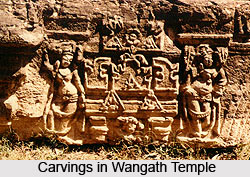 The historians Bishop Crowie and Major Cole have identified the ruins of seventeen temple structures of various ages and dimensions in Buthser, near Wangath, in two distinct groups: the first on the western side and the second on the eastern side. Each group is enclosed by a separate stone wall, and lie at a short distance from one another.
The historians Bishop Crowie and Major Cole have identified the ruins of seventeen temple structures of various ages and dimensions in Buthser, near Wangath, in two distinct groups: the first on the western side and the second on the eastern side. Each group is enclosed by a separate stone wall, and lie at a short distance from one another.
The temple complex is located along the Kanka nadi or the Kanaknai and is constructed of local grey granite. In between the two groups of Wangath Temple stand a number of structures of a third group, the Mathas.
Western complex of Wangath Temple
The first group of six temples, also identified by Aurel Stein as Shiva-Jyestharudra or Shiva-Jyeshthesa, is situated within an enclosure wall. The Jyestharudra group is placed on high grounds and consists of a main temple of Jyeshthesa (Shiva) surrounded by subsidiary shrines. The principal structure is a square of 25 feet (7.6 m) externally and 17 feet (5.2 m) internally, and has two entrances opposite each other, facing the northeast and southwest. In the centre of the floor is a square space which is unpaved. It marks the site of the pedestal of the image. Internally, it has a domed ceiling. Externally, the roof is pyramidal.
Eastern complex of Wangath Temple
The second group of temples is enclosed in a massive rectangular stone wall, pierced by a two-chambered gateway. The six temples inside the wall are in ruins and are partly buried in the ground. The largest temple has 17 feet (5.2 m) square base internally, similar to the largest temple in the western complex. This temple has been identified by Stein as Shiva-Bhuteshwara.
Central Pavilion of Wangath Temple
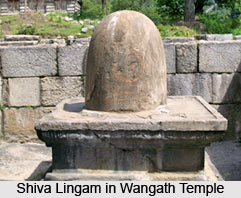 Just like Martand Temple, which is the Sun Temple, Wangath Temple has the central complex. In between the western and eastern complexes lie a number of structures of a third group. This consists of the remains of a building measuring 120 feet (37 m) by 70 feet (21 m), with a height of 10 feet (3.0 m). Along the side of this structure are 30 monolithic bases or piers at intervals of 12 feet (3.7 m). This was a pillared pavilion or matha. An impressive 18 feet (5.5 m) rectangular cistern, hammered out of a boulder, is nearby.
Just like Martand Temple, which is the Sun Temple, Wangath Temple has the central complex. In between the western and eastern complexes lie a number of structures of a third group. This consists of the remains of a building measuring 120 feet (37 m) by 70 feet (21 m), with a height of 10 feet (3.0 m). Along the side of this structure are 30 monolithic bases or piers at intervals of 12 feet (3.7 m). This was a pillared pavilion or matha. An impressive 18 feet (5.5 m) rectangular cistern, hammered out of a boulder, is nearby.
Wangath Temple as an Ancient Monument
The Archaeological Survey of India has declared the Wangath Temple complex at Naranag as centrally protected monuments of India. Wangath Temple appears in the list of "centrally protected monuments" as "Group of Ancient Temples" at Nara Nag, Kangan.












